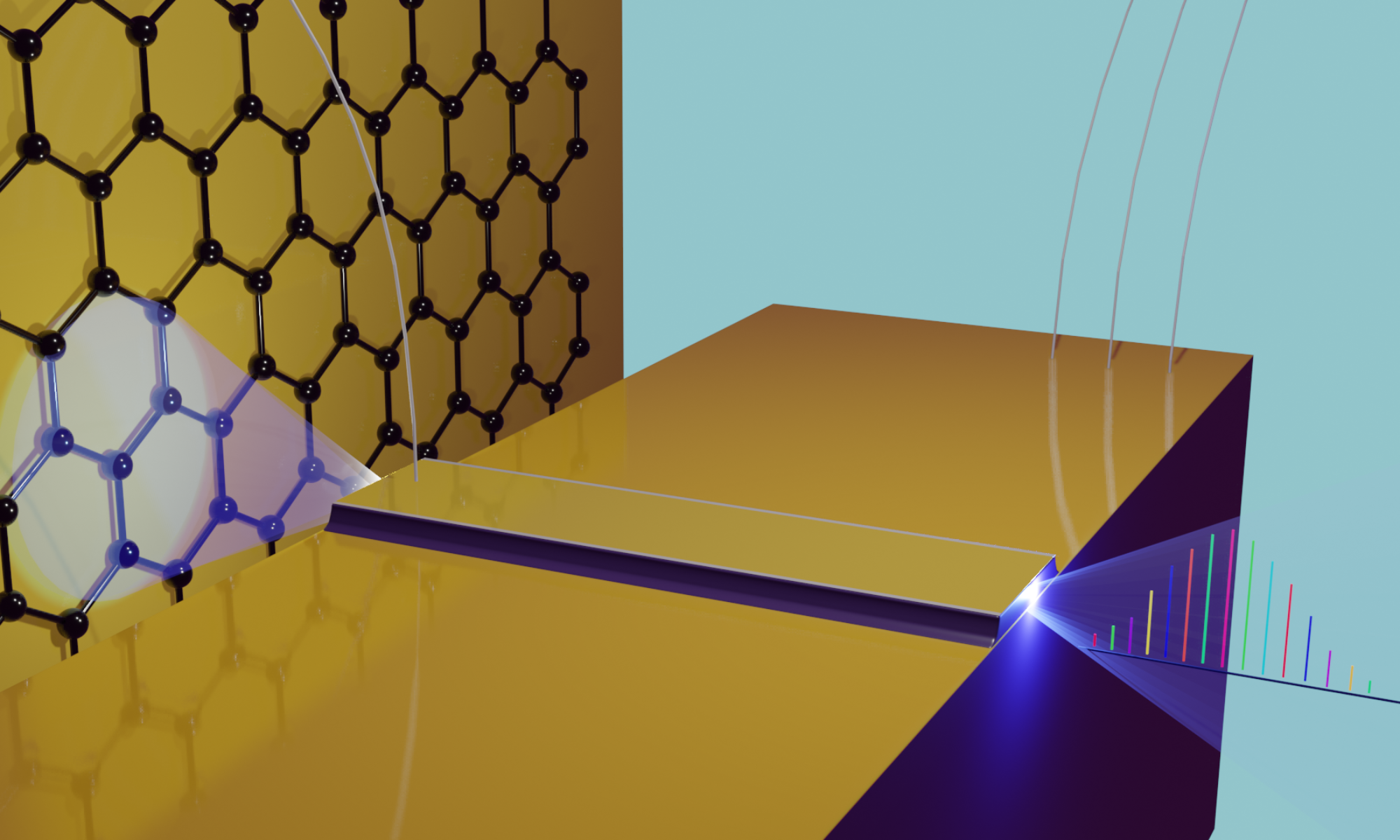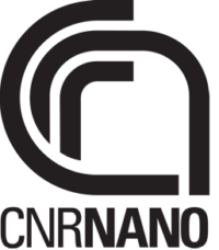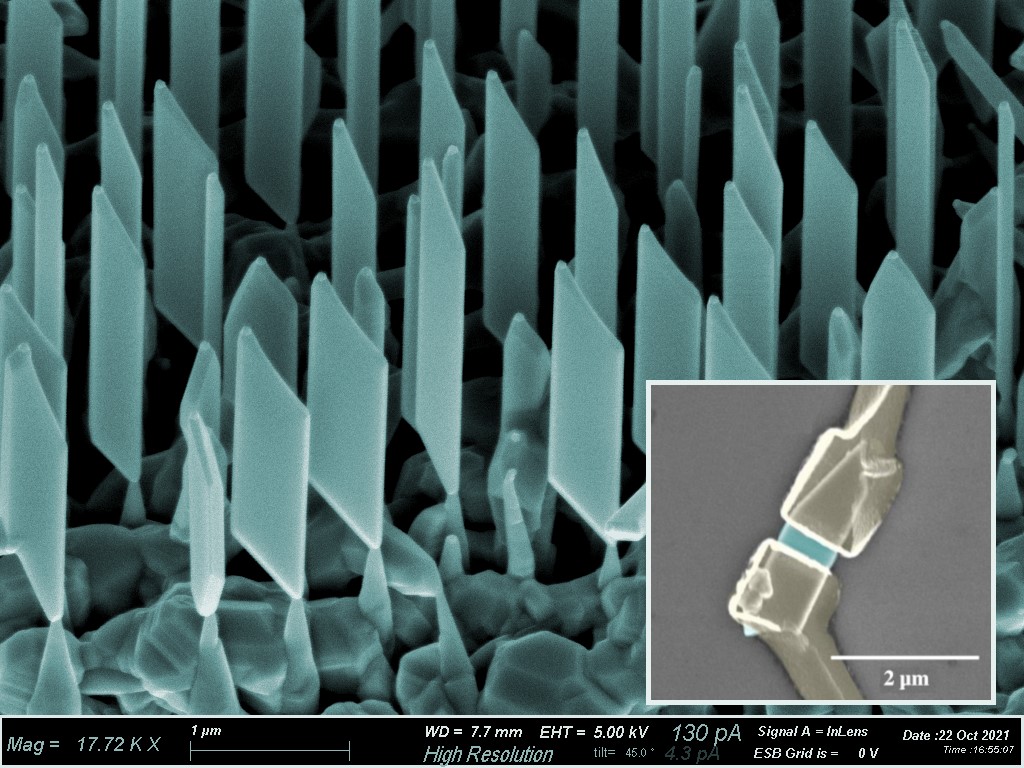
Quantum Materials have a strong impact on quantum science and are the key enabling technologies in different fields.
CNR Nano has a leading role in both experimental and theoretical activities on Quantum Materials. State of the art growth and fabrication facilities and large simulation codes are present in the institute, allowing to study and develop materials for the realization of innovative quantum devices employed on two major platforms: photonics and solid state. Advanced nanostructured materials with reduced dimensionality (zero, one, and bidimensional) based on semiconductor heterostructures, hybrids (semi/super), superconductors, and van der Waals layered materials are employed to fabricate quantum devices with large potential impact in different and technologically relevant application fields such as quantum sensing, quantum computing, quantum metrology (quantum Hall resistance standards), and quantum thermodynamics. In particular, a new CNR infrastructure (PASQUA) has been granted in order to realize quantum cascade lasers for the development of quantum coprocessors.
A part of the research activity is focused on the development of quantum thermal machines, i.e. devices that, exploiting the intrinsic quantum coherence of nanostructures as well as a certain degree of external control, allow for an efficient management of energetic resources in terms of production, storage, and transmission. Theoretical analysis of these devices aims at identifying the conditions of best performance, useful for the optimization of experimental implementations, with the perspective for concrete applications and patents. Investments have been made in order to widen the choice of ultra-low refrigerators to study quantum materials and nanodevices at the lowest possible temperatures, where quantum coherence typically emerges.
Projects
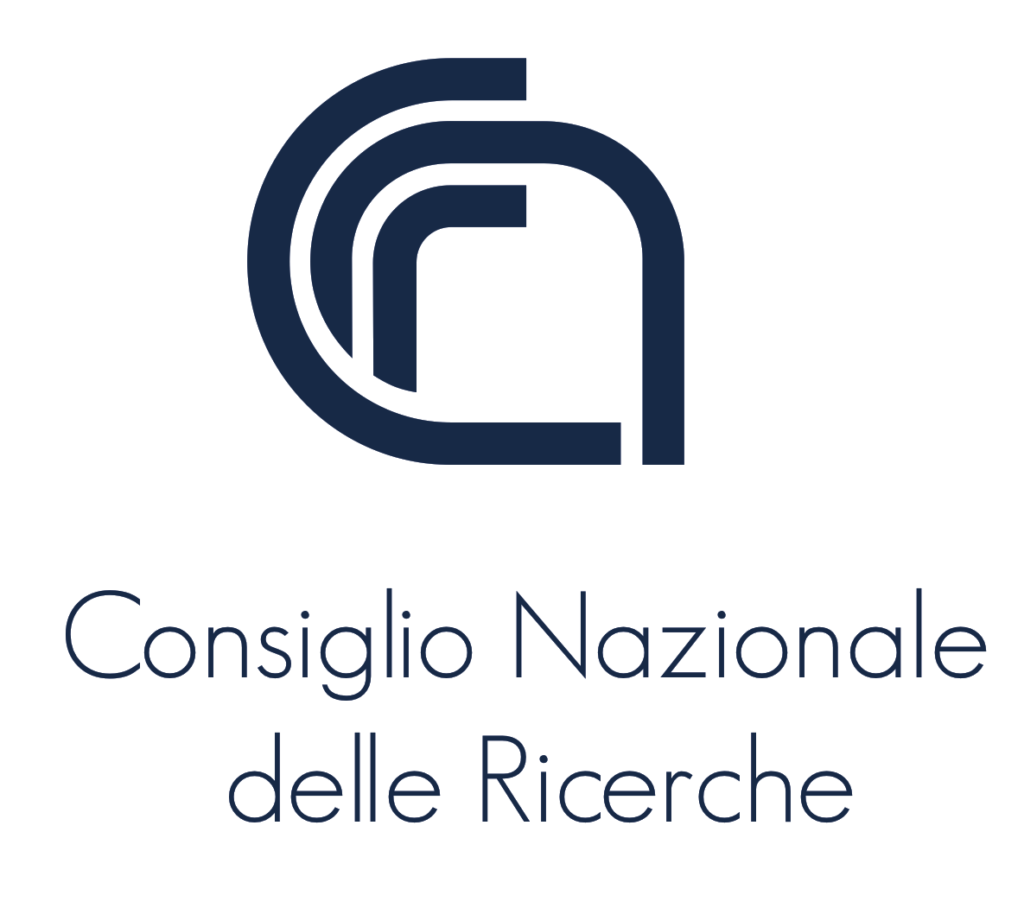
Advanced characterization methods for the study of rare-earth single-ion magnets on oxide substrates
Valerio Bellini
CNR/CAS Bilateral
2019-2021

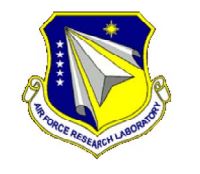
AOARD – QMS
Marco Affronte
AOARD project
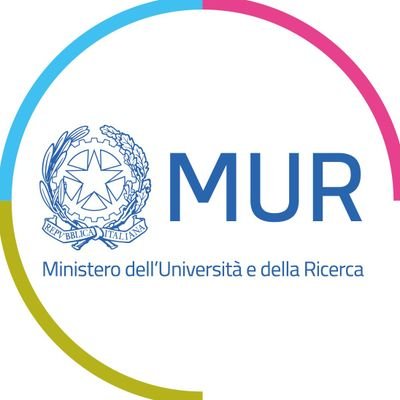
aSTAR – Attosecond transient absorption and reflectivity for the study of exotic materials
Stefano Pittalis
MIUR PRIN 2017
2019-2022

Balzan Research Project
Miriam Serena Vitiello
Fondazione Internazionale Premio Balzan
2017-2020
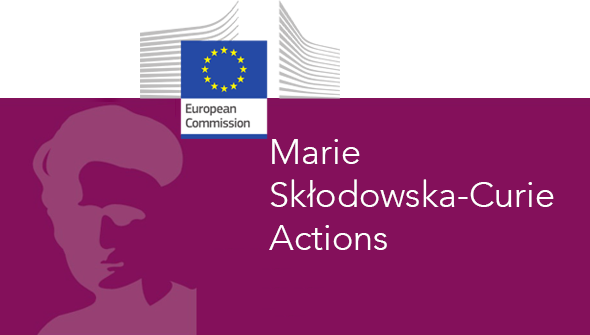
EuSuper – Superconducting Magnetic RAM for Next Generation of SupercomputersMarie Curie Individual Fellowship
Francesco Giazotto
Marie Curie Individual Fellowship
2018-2020

EXC-INS – Excitonic insulator in two-dimensional long-range interacting system
Massimo Rontani
MIUR PRIN 2017
2019-2022
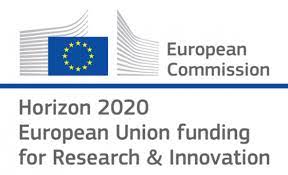
EXTREME – IR Extreme Optical Nonlinearities in 2d materials for Far-Infrared Photonics
Miriam Serena Vitiello
H2020 FET OPEN
2021-2025

HARVEST – Learning from natural pigment-protein complexes how to design articial light-harvesting systems
Deborah Prezzi
MIUR PRIN 2017
2019-2022


q-Lima – Light-matter interactions and the collective behavior of quantum 2D materials
Federica Bianco
PRIN 2020
2022-2025
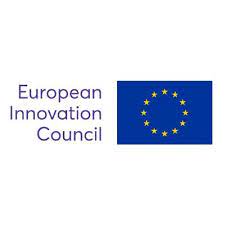
SMART ELECTRON – Ultrafast all-optical spatio-temporal electron modulators: opening new frontiers in electron microscopy
Vincenzo Grillo
FET
2020-2024

SPRINT – Ultra-short Pulse Laser Resonators IN the TERAHERTZ
Miriam Serena Vitiello
ERC
2016-2021

SuperCONtacts – Solid state diffusion for atomically sharp interfaces in semiconductor-superconductor hybrid structures
Elia Strambini
Marie Curie Individual Fellowship
2021-2023

SUPERGATE – Gate Tuneable Superconducting Quantum Electronics
Francesco Giazotto
H2020 FET OPEN
2021-2024

SUPERTED – Thermoelectric detector based on superconductor-ferromagnet heterostructures
Francesco Giazotto
H2020 FET OPEN
2018-2022

SUPERTOP – Topologically protected states in double nanowire semiconductor hybrids
Lucia Sorba
Quantera
2018-2020

TeraApps – Doctoral Training Network in Terahertz Technologies for Imaging, Radar and Communication Applications
Miriam Serena Vitiello
Marie Curie ITN
2018-2021
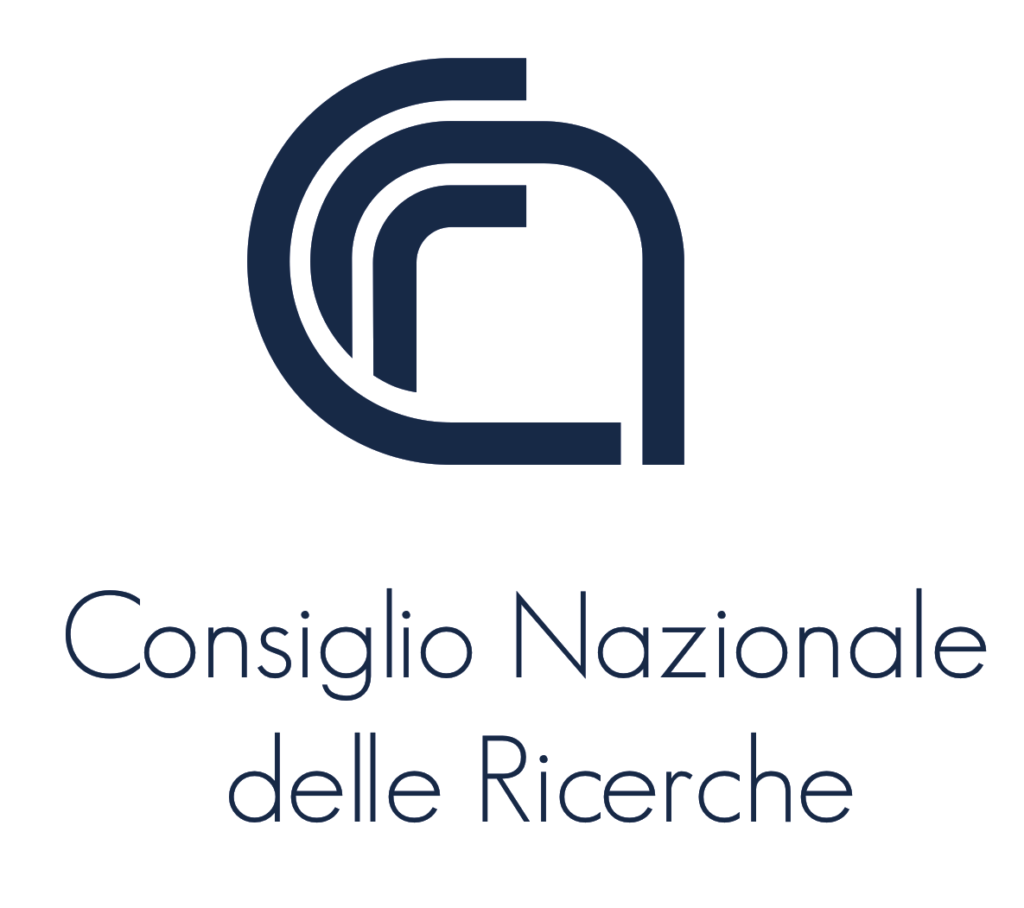
TeroCode – TERahertz Optoelectronics for COmmunication in Difficult Environments
Leonardo Viti
Progetto CNR
2021-2023
